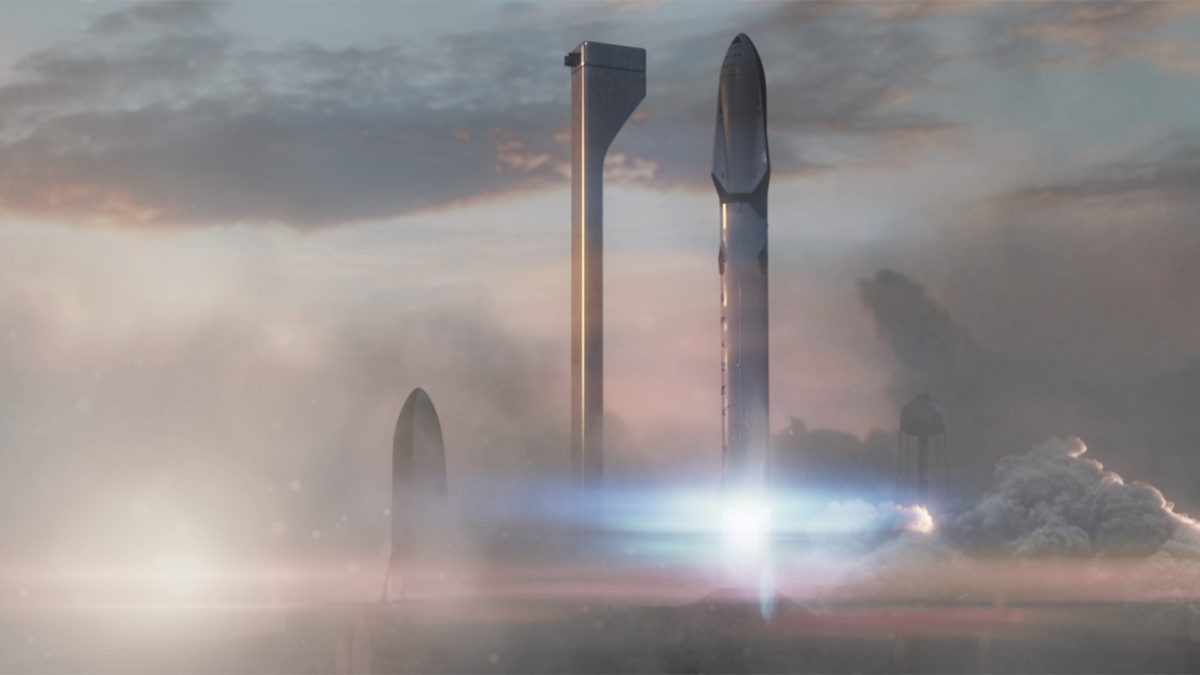In recent years autonomous vehicles (AV’s) have safely driven hundreds of thousands of kilometres, all major manufactures aspire to sell AV’s to the market (or have already done so with technologies like single-lane highway autopilot) and research is mainly positive regarding the wide adoption of AV’s in the future (BCG, 2015; Korte, 2016; Jaynes, 2015; Q-Park, 2016). Currently the AV industry is in the very early stages. The Boston Consultancy Group indicates six levels automation (see exhibit 1). The majority of the vehicles is currently in level one (driver assistance), while some of the new models are entering level two (partial automation). By 2025 fully AV’s are expected to be available to the market for an additional $10.000USD (BCG, 2015). In addition to the technological aspects of the adaption, AV’s stakeholders are also addressing the societal, legal, and governmental concerns that will arise with the widespread adoption of AV’s (Q-Park, 2016).
However, despite the positive predictions regarding the adoption of AV’s, cautiousness is on its place when predicting the speed of adoption of AV’s. Due to the frequency and proximity of unpredictable objects (e.g. people, other vehicles, buildings), operating an AV is more complex than operating an airplane (Q-Park, 2016). Different aspects could hinder the rate and speed of adaption, for example the substantial uncertainty concerning AV’s costs, benefits and impact. In addition, the vehicle innovation adoption cycle is very slow due to the high costs, slow turnover in vehicles and strict governmental safety requirements. Yet, probably the biggest challenge (even greater than the technological challenge) is achieving and maintaining the societal acceptance of AV’s by the general public (BCG report, 2015).
A specific aspect of AV’s is autonomous parking. With the adoption of AV’s the parking industry will radically change or potentially disappear as we know it right now. Amy Korte, principal designer at Boston-based architectural firm Arrowstreet Inc. says: “We expect the demand for parking will decline by 5.7 billion square meters by 2035 in the USA.”. Therefore, the near future of the parking industry is looking at some major changes. With entering the second level of automation self parking techniques come available. Amy Korte states that parking garages for self parking vehicles are 60% more efficient, as self-parking vehicles can park more efficient and require two square meter less of parking space the human-parked vehicles. As the parking facilities that are being built today will be ready when the level of AV adoption is very significant, they should accommodate for the technology developments inherent to AV’s, like self parking. The first tests with self parking have already been conducted. For example the city of Somerville is currently being equipped with an infrastructure to support future self-parking cars, including a specially designed structure to support both self- and human-parked vehicles (Jaynes, 2015). Furthermore, an Audi representative stated: “Although the self parking technology is ready for production, its implementation is two or three years away.”.
To sum up; while the widespread adoption of AV’s is still decades away, parts of AV technology (like self parking and urban autopilot) are becoming available to the general public rapidly.
Sources:
Boston, 2016. How the self driving car could eliminate the parking garage in Boston. [online]. Available at: http://www.boston.com/cars/news-and-reviews/2016/02/23/how-the-self-driving-car-could-eliminate-the-parking-garage-in-boston [Accessed 05-10-2016].
Boston, 2016. Sommerville will be a testing ground for networked traffic management and self parking cars. [online]. Available at: http://www.boston.com/cars/news-and-reviews/2015/11/24/somerville-will-be-a-testing-ground-for-networked-traffic-management-and-self-parking-cars [Accessed 05-10-2016].
BCG, 2015. Automotive revolution versus regulation make break questions autonomous vehicles [online]. Available at: https://www.bcgperspectives.com/content/articles/automotive-revolution-versus-regulation-make-break-questions-autonomous-vehicles/#chapter1 [Accessed 03-10-2016].
BCG, 2015. Automotive consumer insight revolution drivers seat road autonomous verhicles [online]. Available at: https://www.bcgperspectives.com/content/articles/automotive-consumer-insight-revolution-drivers-seat-road-autonomous-vehicles/#chapter1 [Accessed 03-10-2016].
Q-Park, 2016. Be cautious when predicting the future role of avs [online]. Available at: https://www.q-park.com/blogs/newsitem/11920/be-cautious-when-predicting-the-future-role-of-avs [Accessed 04-10-2016].
Audi, 2016. Audi parking Boston [online]. Available at: http://mashable.com/2015/11/17/audi-parking-boston/#e_G_U_iNTPqc [Accessed 04-10-2016].


